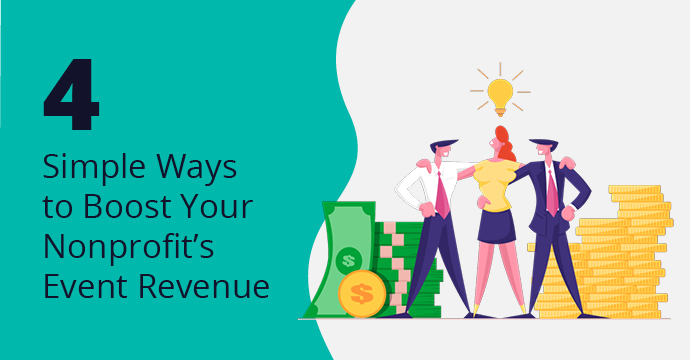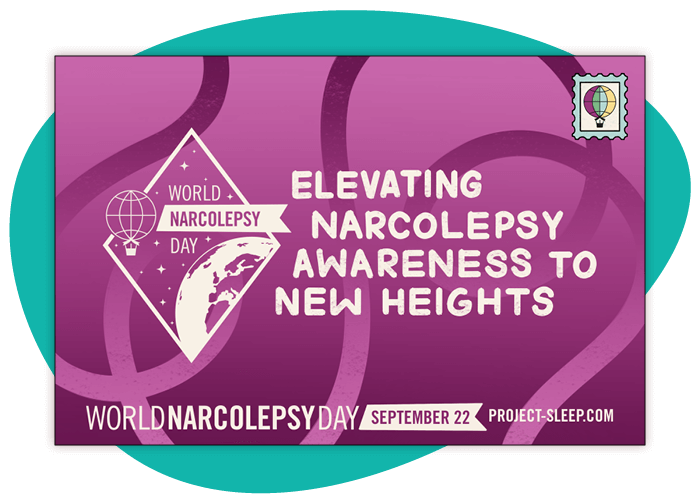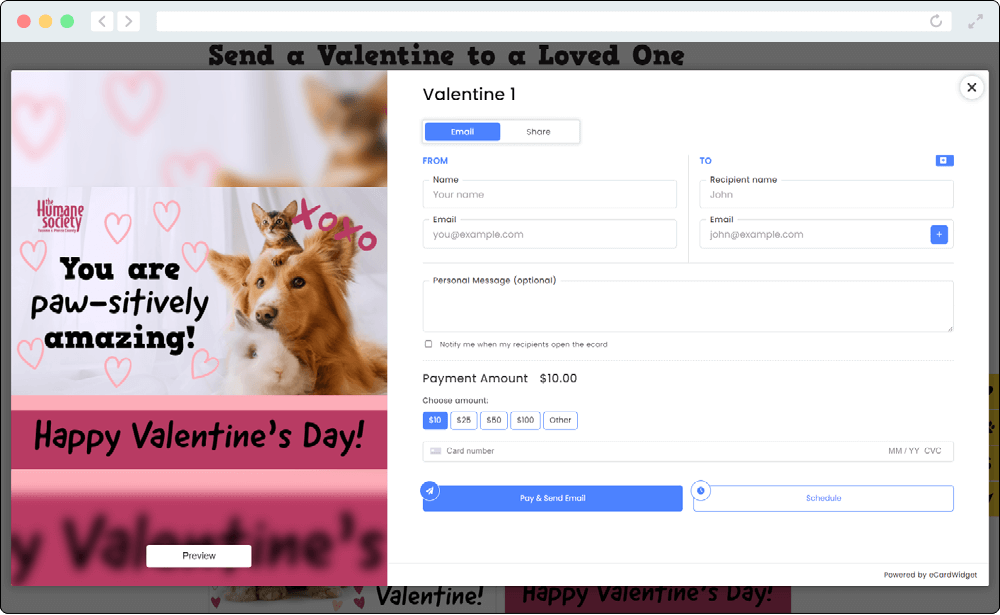4 Simple Ways to Boost Your Nonprofit’s Event Revenue
Pulling off a successful event involves a lot of moving parts. You have to plan logistics, assess your staff’s capabilities, and get the word out to your supporters. Whether you’re hosting an annual auction or trying out a brand new bike-a-thon fundraiser, there are plenty of ways you can improve your event and generate more funds for your nonprofit.
In this article, we’ll walk you through four methods using the example of a hybrid silent auction. As we get into more detail, keep your specific needs and goals in mind, and tailor these tips to your own event.
1. Create a plan centered on your audience.
When you create a fundraising plan for your event, make sure you make decisions based on your specific audience. Put yourself in your supporters’ shoes, and plan your event around their interests. You might choose a new location based on previous donor feedback or schedule the event later in the year to capitalize on your donors’ end-of-year giving habits.
Be sure to include all of these essentials in your fundraising plan:
- Timeline. Plan out deadlines around sponsorships, auction item procurement, and when invitations need to go out. Consider how much time you’ll need for marketing the event to your supporters, as well.
- Division of staff responsibilities. Build teams and committees around your areas of need. For our auction example, you should have an item procurement committee to request items and arrange for pickup or delivery.
- Key performance indicators (KPIs) to measure your success. Will you measure your success by the amount of money raised? By attendance? By overall auction performance? Set specific metrics so you know how well you are doing.
Make sure everyone on your team understands their responsibilities for the fundraiser to ensure it runs smoothly and generates as much revenue as possible.
Gather information from past events to discover what worked and what didn’t. If you don’t have data or feedback from past events, don’t hesitate to survey your donors now to gauge their interests.
2. Add an online component.
Adding an online option to any event will create a more engaging, accessible experience for your attendees. When your guests are fully engaged, they’re more likely to donate! Depending on the type of event you’re hosting, you may need to research the ways you can successfully incorporate these elements. Let’s go back to our example of a silent auction to see what an online component could look like in action.
In an auction, you will reach more supporters if you make your auction accessible to remote users with quality auction software. Imagine if you are hosting an auction to benefit your school. Offering the option to participate remotely will encourage support from family members of students who live near and far.
Tools like mobile bidding also simplify and speed up the bidding process for in-person guests–leading to more excitement and more funds!
3. Market your event using multiple channels.
Marketing can feel scary, but it doesn’t have to be. If you know your supporters well, as we talked about earlier, you will know where they are hanging out online. Take stock of all your marketing channels, then expand your efforts based on where your communication will be the most effective. If your supporters are mostly on LinkedIn, for example, promoting on Snapchat might not be the most efficient use of your time and resources.
Use these tips to make the most out of your marketing strategy:
- Promote your event on the social media channels you know your supporters spend the most time on. Target your audience in every communication.
- Connect your marketing channels to drive more traffic. If you post event flyers at a local restaurant, add a QR code that leads to a social media post or even your event website with more information.
- Consider automating some of your donor outreach using your CRM to free up more staff time for other event planning needs.
The wider you can spread the word about your event, the more you’ll boost attendance and revenue.
4. Maximize fundraising opportunities.
Build elements from other fundraising campaigns into your event to add variety to how your guests and supporters can give.
In our example of a silent auction, this could look like promoting an ongoing text-to-give campaign on your auction website. When you send announcements out to guests about mobile bidding during the auction, provide your text-to-give information in case attendees want to make additional donations along with their bids.
Almost any fundraising campaign can be added to your event to maximize revenue, such as:
- Promoting matching gift opportunities. This strategy has worked for nonprofits for decades. Donors become much more engaged when they know their money will go farther, and matching gifts are a great way to do this.
- Selling branded merchandise. Everyone loves to take home SWAG! Have t-shirts, mugs, or reusable bags printed up with your nonprofit’s logo, and sell them at your event.
- Announcing an upcoming peer-to-peer fundraiser. Recruit your supporters to become involved at a personal level, using the power of their spheres of influence to raise money.
- Placing a donation box at the event. Some events will ask guests to bring canned goods, jackets, or shoes to the event, providing an opportunity to have tangible, fast results that advance your mission.
Think about your fundraising strategy for the year and look for opportunities to support another fundraiser at your event. Your decor could even include information about future events!
Whether you decide to use a hybrid silent auction as your primary fundraising model or modify these tips so that they are more cohesive with another method, nonprofits everywhere can benefit from this combination of strategies.
When the event ends and your fundraiser has come to a close, review your metrics. Use this information to make any necessary adjustments for future events, and in turn, you’ll experience more successful events that drive more funds and move the needle for your organization.








